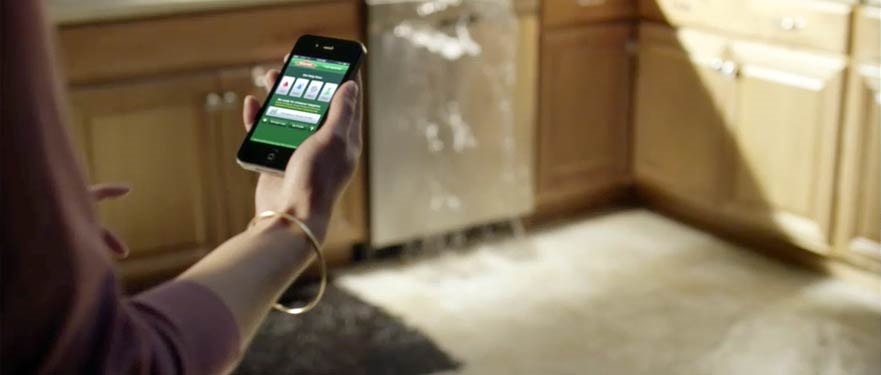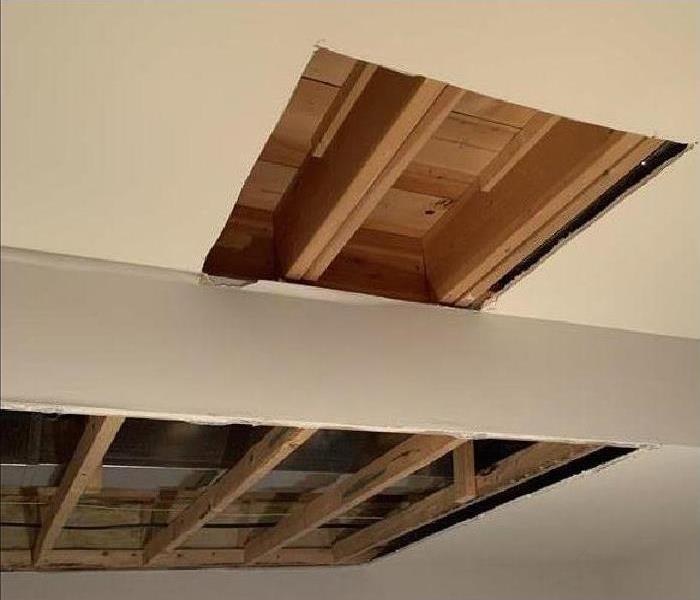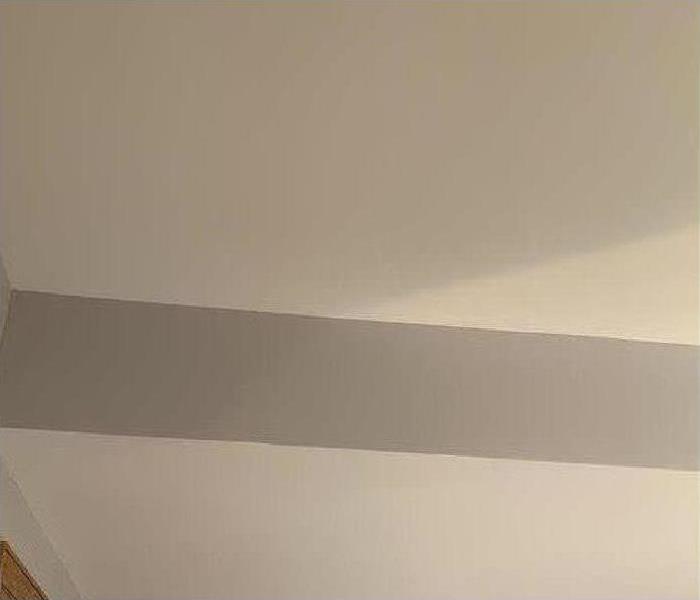
Water Damage Emergency Tips
What you can do until help arrives
Water Tips | Fire Tips | Biohazard Tips | Mold Tips
Water Losses in Your Tallahassee Home Can Be Stressful
There is no mistaking how quickly water losses can turn severe, and the impact that these disasters can have in your Tallahassee home can be devastating. Migrating water can penetrate wall systems, flooring, and ceiling assemblies, so our fast response amid these emergencies can help to limit your need for reconstruction and build back with evaporative drying efforts that can occur within these structural cavities. Despite your need for immediate water restoration from experienced professionals like our SERVPRO technicians, there are some things that you can do to help make a recovery more efficient.
Reaching Out Quickly in the Crisis
One of the first lines of defense after a water loss incident occurs in your home is the property owner. To best protect your Tallahassee residence, you need to secure adequate and qualified restoration services. With many of our Water Restoration Technicians (WRT) also endorsed with Applied Structural Drying (ASD) accreditations through the Institute of Inspection, Cleaning, and Restoration Certification (IICRC), we have a knowledgeable staff capable of fast-drying solutions available 24/7.
Protecting What Matters Most
Content management is a staple of water recovery, but there are some steps you can take before our SERVPRO team arrives.
- Move treasured belongings to a safe space out of the path of migrating water
- Take the most valuable possessions with you when you leave the premises
- Pick up items off the floor to prevent damage from pooling and standing water concerns
Have A Water Damage Emergency? Call (850) 765-5706
What To Do After Flooding
- Remove excess water by mopping and blotting.
- Wipe excess water from wood furniture after removal of lamps and tabletop items.
- Remove and prop wet upholstery and cushions.
- Place aluminum foil or wood blocks between furniture legs and wet carpeting.
- Turn air conditioning on for maximum drying in summer.
- Remove colored rugs from wet carpeting.
- Remove art objects to a safe, dry place.
- Gather loose items from floors.
What NOT To Do After Flooding
- Don't leave wet fabrics in place. Hang furs and leather goods.
- Don't leave books, magazines or other colored items on wet carpet or floors.
- Don't use your household vacuum to remove water.
- Don't use television or other household appliances.
- Don't turn on ceiling fixtures if ceiling is wet, and keep out of rooms where ceilings are sagging.






 24/7 Emergency Service
24/7 Emergency Service


